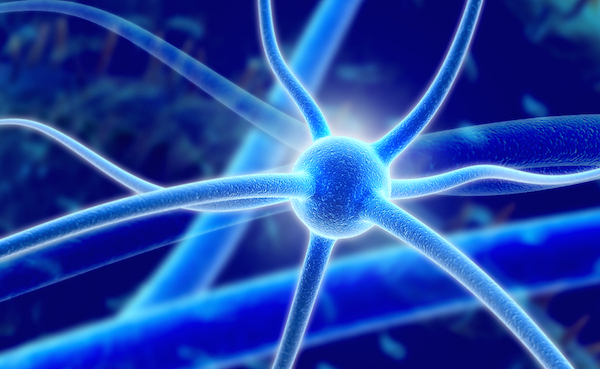
MONDAY, Dec. 29, 2014 (HealthDay News) — Seasonal affective disorder (SAD) is a type of depression that occurs in some people due to decreased amounts of daylight during the winter.
That decrease may trigger SAD by disrupting the body’s internal clock, causing a drop in levels of a mood-affecting chemical called serotonin, or by altering levels of melatonin, which plays a role in sleep patterns and mood, researchers say.
“The most important take-home message is that people who experience seasonal affective disorder should not suffer in silence. SAD — like other types of depression — is treatable, and people who experience symptoms should seek help,” Dr. Jeffrey Borenstein, president of the Brain & Behavior Research Foundation, said in a foundation news release.
Symptoms of SAD may include: feeling depressed most of the day, nearly every day; feeling hopeless or worthless; low energy levels; loss of interest in activities you once enjoyed; sleep problems; appetite or weight changes; feeling sluggish or agitated; difficulty concentrating; and frequent thoughts of death or suicide, Borenstein said.
Treatments for SAD include light therapy, counseling and medications. Keeping your home and workplace as sunny and bright as you can may help. It also helps to spend more time outdoors, and to get regular exercise, Borenstein said.
More information
The American Academy of Family Physicians has more about seasonal affective disorder.
Copyright © 2025 HealthDay. All rights reserved.

